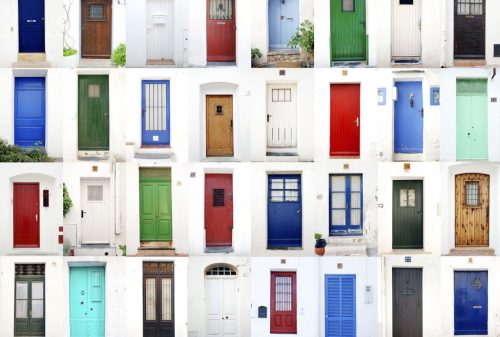Congratulations Agent Alex Sutherland on New Baby!
Welcome Baby Nora!

Home Coach is happy to introduce Nora Elizabeth Sutherland, daughter of our very own agent Alex Sutherland! She was born on 12/23/2016 and weighed 6 lbs and 8 oz, 20.5 inches in length. Congratulations Alex and family!


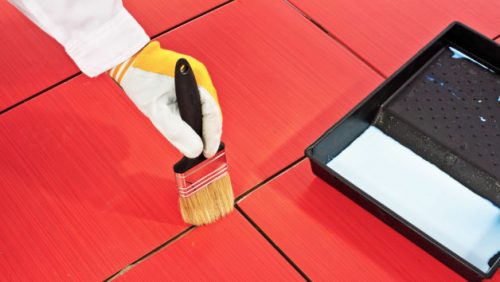
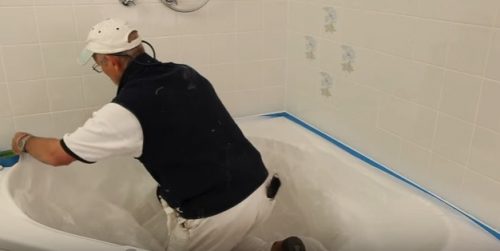
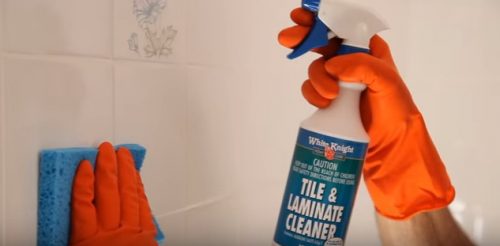
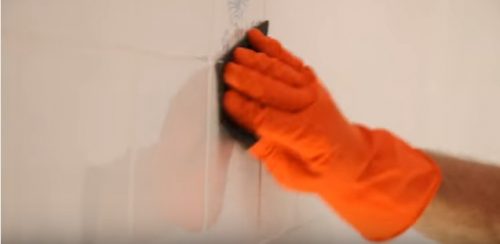
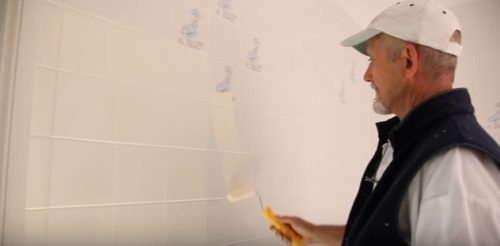
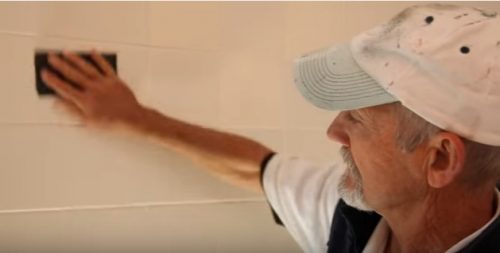
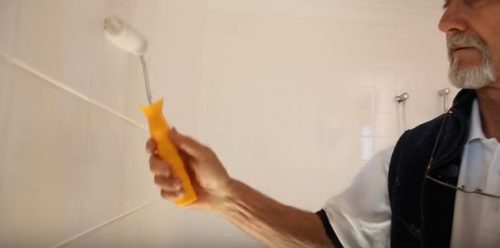
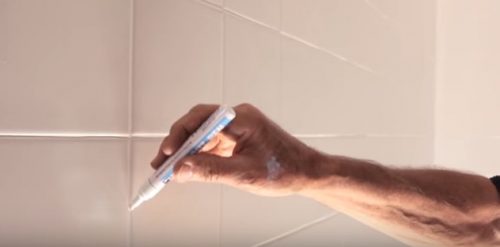
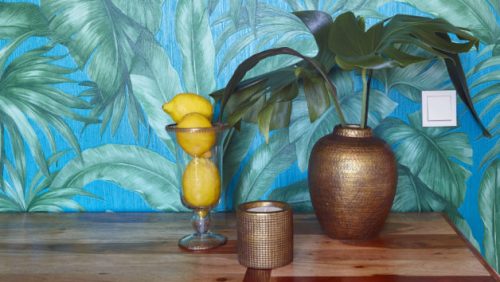
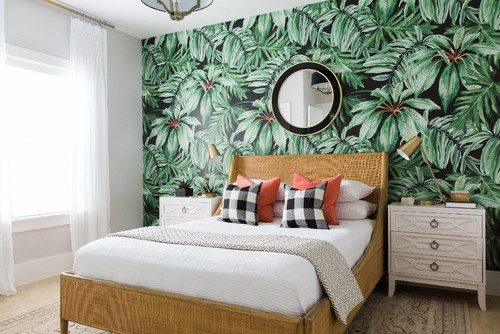
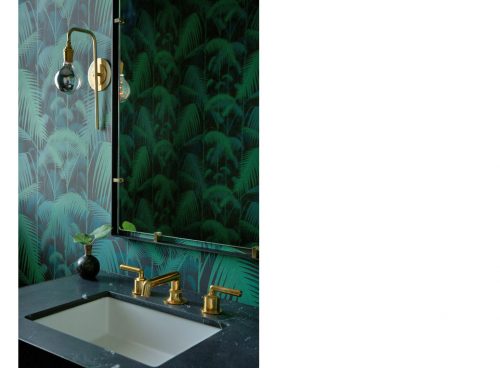
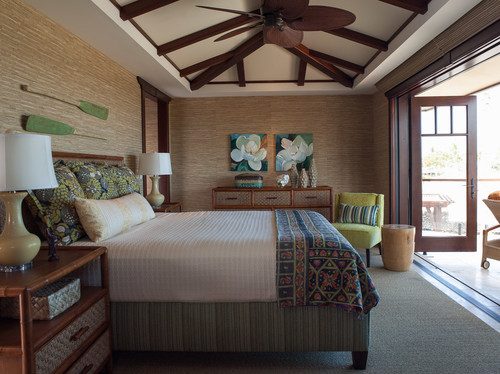
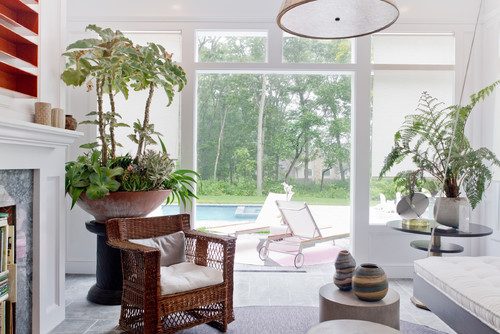

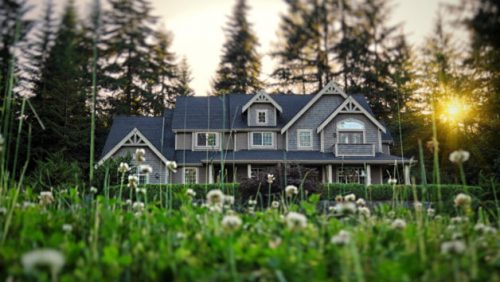
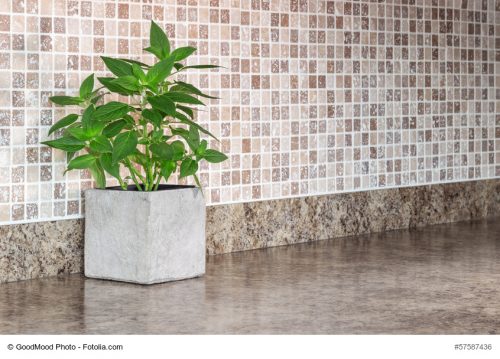


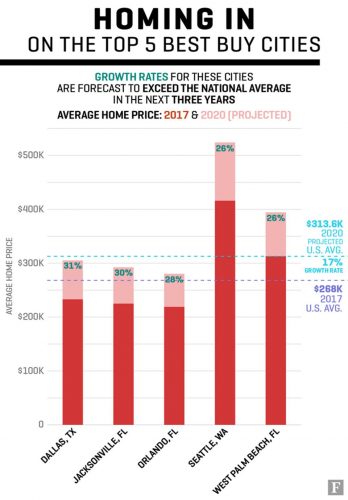 cities made the cut.) Florida was the poster child for financial crisis devastation. As recently as 2015 seven markets in the state were undervalued by more than 20%. But builder constraint and job growth has boosted the value of existing homes.
cities made the cut.) Florida was the poster child for financial crisis devastation. As recently as 2015 seven markets in the state were undervalued by more than 20%. But builder constraint and job growth has boosted the value of existing homes.